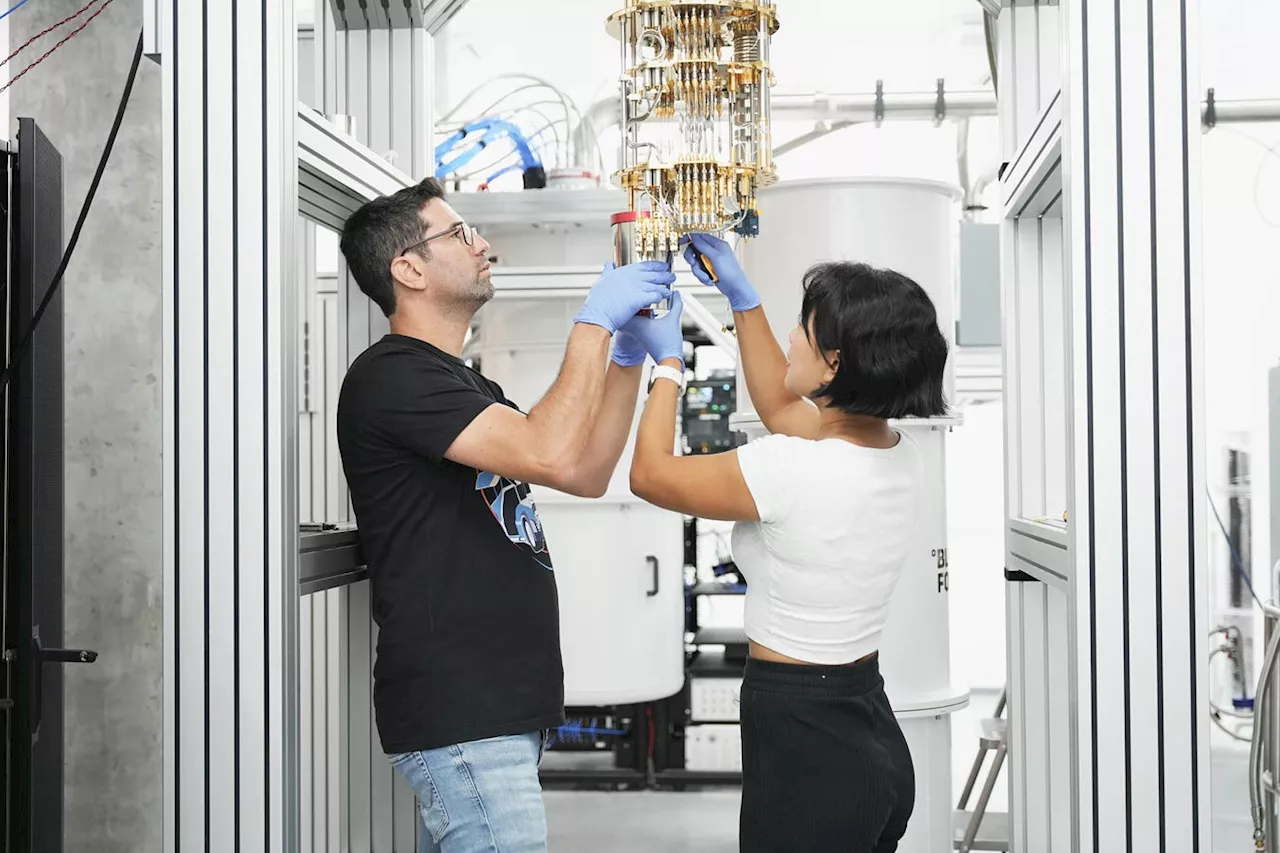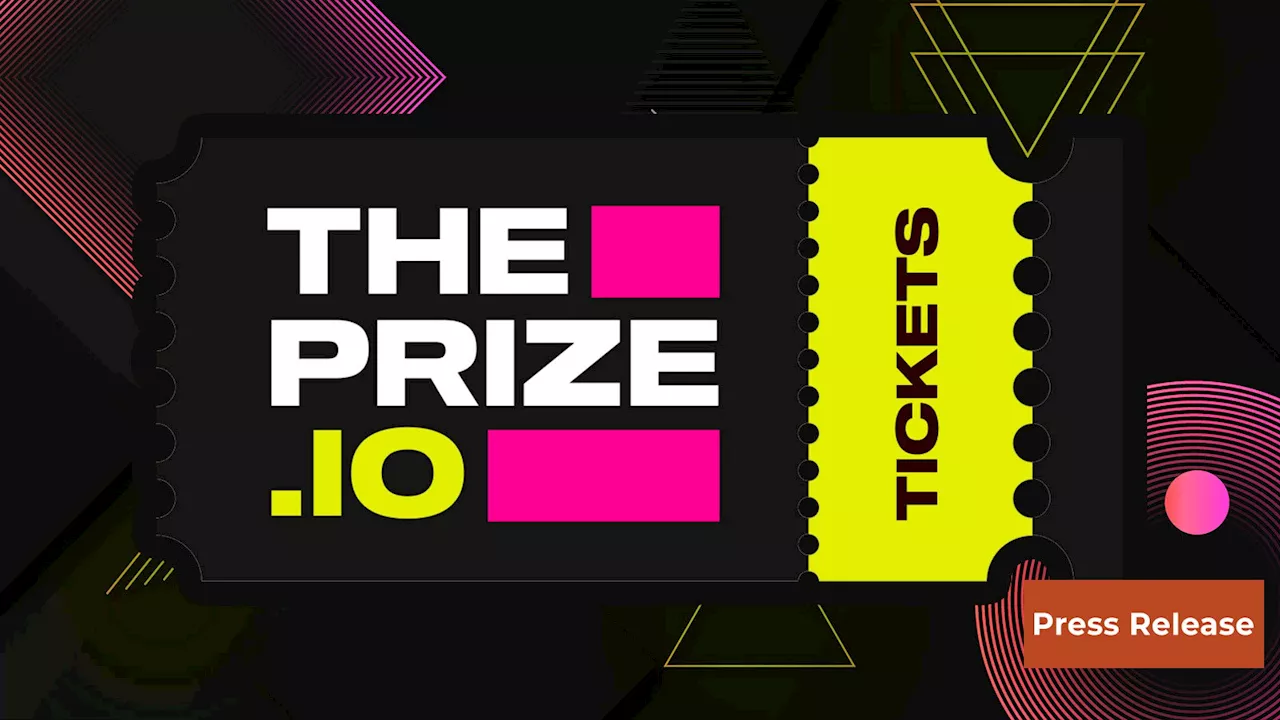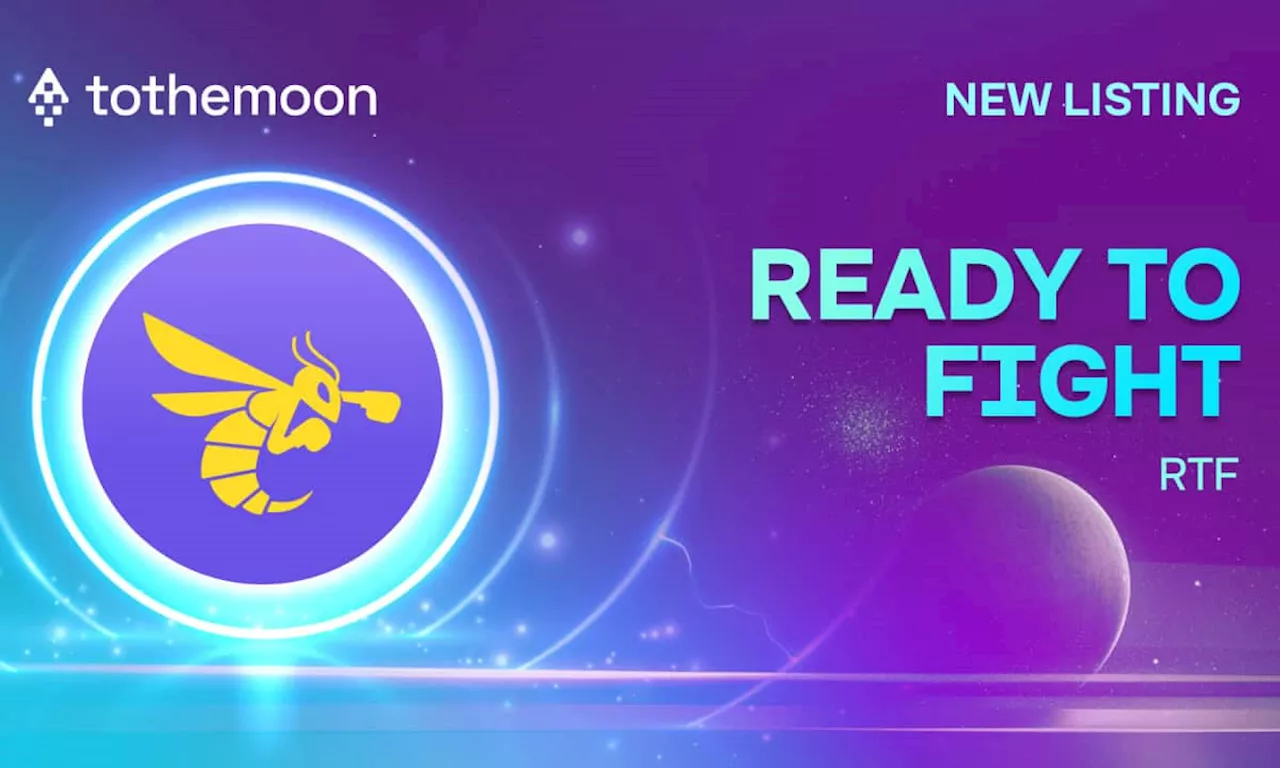Researchers at Okayama University have developed a groundbreaking method for creating nanodiamond sensors with nitrogen-vacancy centers, paving the way for advanced quantum sensing and bioimaging applications. These sensors offer exceptional sensitivity for detecting minute changes in electrical, thermal, and magnetic fields, promising to revolutionize healthcare, technology, and environmental monitoring.
Researchers at Japan’s Okayama University have developed nanodiamond sensors that can lead to the development of advanced quantum sensors and bioimaging applications. Quantum-grade bioimaging will allow doctors to produce highly detailed and accurate images of cells, tissues, and organs — drastically improving detection and treatment of deadly diseases.
Both these quantum technologies have the potential to transform health care, technology, and environmental management, improving quality of life and providing sustainable solutions for future challenges, says Masazumi Fujiwara, one of the researchers and an associate professor at Okayama University. Whether it is quantum sensing or bioimaging, both rely on harnessing the quantum properties of particles such as spin state, entanglement, and superposition. Nanodiamonds with nitrogen-vacancy centers have exceptional sensitivity when it comes to detecting tiny changes in the electrical, thermal, and magnetic behavior of objects — making them a promising quantum sensor material. This is because when a nitrogen atom replaces a carbon atom in the diamond, it leaves a small empty space (a vacancy) next to it. This NV vacancy center gives the nanodiamonds unique properties, like the ability to glow under certain light and detect tiny magnetic or electric fields. Creating nanodiamonds with NV centers has been a big challenge for scientists. Almost every time they attempted to do so, it resulted in diamonds with impurities and unstable spin states. Fujiwara and his team overcame this challenge with a controlled NV center creation approach. They first grew a diamond crystal with 99.99%C atoms. Next they added nitrogen at 30 to 60 parts per million concentration into the crystal. However, since not every nitrogen atom forms a vacancy, so the final NV center concentration in the diamond was one part per million. The researchers then broke down the crystal into many tiny pieces, mixed it into water, and then dropped it onto glass coverslips that had grid pattern
QUANTUM SENSING BIOMAGING NANODIAMONDS NITROGEN-VACANCY CENTERS OKAYAMA UNIVERSITY
United States Latest News, United States Headlines
Similar News:You can also read news stories similar to this one that we have collected from other news sources.
 Nvidia, Rigetti, Quantum Machines Deliver AI-Powered Quantum ComputingQuantum Machines, Rigetti Computing, and Nvidia announced the successful application of AI to automate the calibration of a quantum computer.
Nvidia, Rigetti, Quantum Machines Deliver AI-Powered Quantum ComputingQuantum Machines, Rigetti Computing, and Nvidia announced the successful application of AI to automate the calibration of a quantum computer.
Read more »
 Advancing a trustworthy quantum era: A novel approach to quantum protocol verificationThe future of data security depends on the reliable application of quantum technology, but its widespread adoption requires rigorous verification. Researchers have developed a novel approach to verify quantum protocols, ensuring their reliability in safety- and security-critical applications.
Advancing a trustworthy quantum era: A novel approach to quantum protocol verificationThe future of data security depends on the reliable application of quantum technology, but its widespread adoption requires rigorous verification. Researchers have developed a novel approach to verify quantum protocols, ensuring their reliability in safety- and security-critical applications.
Read more »
 New algorithm boosts multitasking in quantum machine learningWhen a quantum computer processes data, it must translate it into understandable quantum data. Algorithms that carry out this 'quantum compilation' typically optimize one target at a time. However, a team has created an algorithm capable of optimizing multiple targets at once, effectively enabling a quantum machine to multitask.
New algorithm boosts multitasking in quantum machine learningWhen a quantum computer processes data, it must translate it into understandable quantum data. Algorithms that carry out this 'quantum compilation' typically optimize one target at a time. However, a team has created an algorithm capable of optimizing multiple targets at once, effectively enabling a quantum machine to multitask.
Read more »
 The Prize Launches: Revolutionizing Luxury Raffles with Blockchain TechnologyThe Prize, a groundbreaking new platform, combines the excitement of luxury raffles with the transparency and security of blockchain technology. It offers a unique, skill-based gaming experience with crypto prizes, ushering in a new era for both blockchain enthusiasts and traditional raffle lovers.
The Prize Launches: Revolutionizing Luxury Raffles with Blockchain TechnologyThe Prize, a groundbreaking new platform, combines the excitement of luxury raffles with the transparency and security of blockchain technology. It offers a unique, skill-based gaming experience with crypto prizes, ushering in a new era for both blockchain enthusiasts and traditional raffle lovers.
Read more »
 Ready to Fight: Revolutionizing Boxing with AI and Web3Ready to Fight is a groundbreaking platform that combines boxing, artificial intelligence, and Web3 technology to create a revolutionary experience for athletes, fans, sponsors, and businesses.
Ready to Fight: Revolutionizing Boxing with AI and Web3Ready to Fight is a groundbreaking platform that combines boxing, artificial intelligence, and Web3 technology to create a revolutionary experience for athletes, fans, sponsors, and businesses.
Read more »
 Boeing Unveils Massive Seaplane, Revolutionizing Maritime Logistics2024 witnessed remarkable transportation innovations, with Boeing leading the charge by unveiling a colossal seaplane capable of carrying a staggering 50,000-pound cargo load. This groundbreaking aircraft promises to transform maritime logistics. Other notable advancements include a flying system for transporting wind turbine blades, the debut of autonomous takeoff planes, a hydrogen-powered air taxi setting a new record, a supersonic jet reaching 25,040 feet, a six-stroke engine from Porsche boosting efficiency, and Koenigsegg's Jesko Absolut shattering speed records.
Boeing Unveils Massive Seaplane, Revolutionizing Maritime Logistics2024 witnessed remarkable transportation innovations, with Boeing leading the charge by unveiling a colossal seaplane capable of carrying a staggering 50,000-pound cargo load. This groundbreaking aircraft promises to transform maritime logistics. Other notable advancements include a flying system for transporting wind turbine blades, the debut of autonomous takeoff planes, a hydrogen-powered air taxi setting a new record, a supersonic jet reaching 25,040 feet, a six-stroke engine from Porsche boosting efficiency, and Koenigsegg's Jesko Absolut shattering speed records.
Read more »
